Located in the dry zone of Sri Lanka, Angammedilla National Park is a haven for wildlife enthusiasts and nature lovers alike. Spanning over 7,500 hectares, the park is home to a diverse array of flora and fauna, as well as several historical sites.
Wildlife at Angammedilla National Park
Angammedilla National Park is home to several endemic species of wildlife, including the Sri Lankan elephant, spotted deer, sambar deer, and water buffalo. Visitors can also spot several species of water birds such as the painted stork, open-billed stork, and Indian cormorant at the park’s reservoirs.
The park is also home to several species of reptiles, including the mugger crocodile, monitor lizard, and python. Visitors can witness these majestic creatures in their natural habitat on guided safaris within the park.
Historical Sites at Angammedilla National Park
The park is also home to several historical sites, including the Angammedilla ancient reservoir, which was built over 2,000 years ago during the reign of King Pandukabhaya. The reservoir is a testament to the advanced engineering skills of the ancient Sri Lankan civilization and is still used to irrigate paddy fields in the surrounding areas.
Visitors can also explore several other historical sites within the park, including the Angammedilla Temple, which is believed to have been built during the Anuradhapura era, over 1,500 years ago.
Activities at Angammedilla National Park
Angammedilla National Park offers several activities for visitors to enjoy. Visitors can explore the park’s diverse vegetation and spot wildlife on guided nature walks or cycling tours.
In addition, visitors can enjoy a boat ride on the park’s reservoirs or take a dip in the cool waters to escape the heat of the Sri Lankan sun.
Conservation Efforts at Angammedilla National Park
Angammedilla National Park is an important conservation area, as it serves as a refuge for several endangered species of wildlife. The park management is dedicated to preserving the park’s natural resources and promoting sustainable tourism.
The park’s staff also conducts research and monitoring programs to assess the health of the park’s ecosystem and develop strategies to protect it.
Conclusion
Angammedilla National Park is a unique destination that offers visitors a mix of nature and history. Its diverse flora and fauna, pristine reservoirs, and historical sites make it an important asset to Sri Lanka’s natural and cultural heritage. Visitors can enjoy various activities while being mindful of the need to preserve and protect this precious natural and cultural resource for future generations.

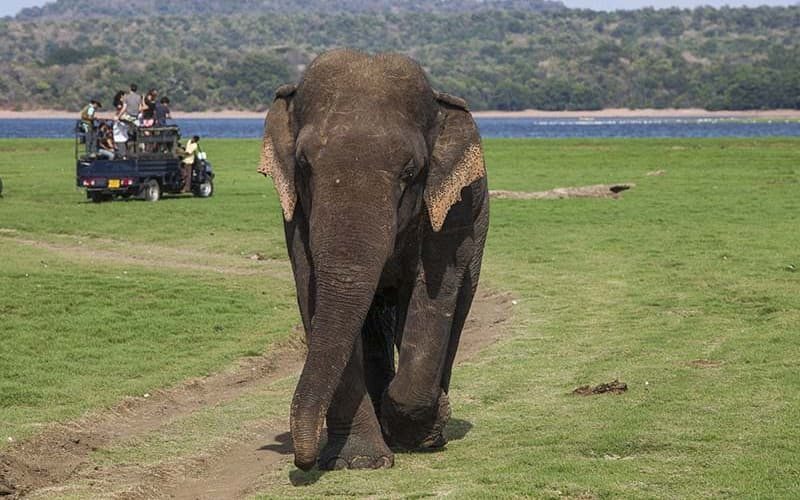




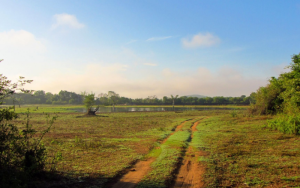
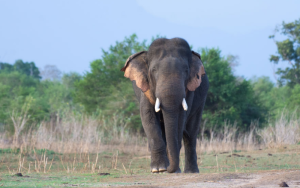
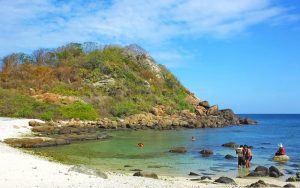
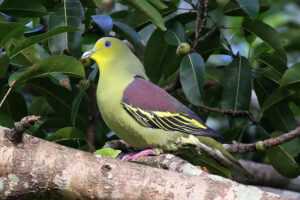


One thought on “Angammedilla National Park: A Haven for Wildlife in Sri Lanka”
Thanks for sharing. I read many of your blog posts, cool, your blog is very good.